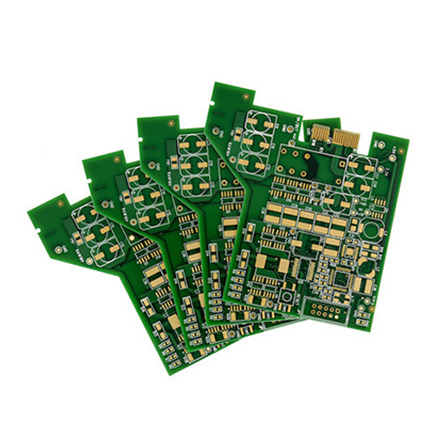

The Value of Float Flat Glass A Modern Manufacturing Marvel
Float flat glass, a ubiquitous material that has become an integral part of our daily lives, is a remarkable product of modern engineering and manufacturing. It is primarily characterized by its flat surface, clarity, and versatility, making it essential in a variety of applications ranging from architecture and vehicles to electronics and household items.
The manufacturing process of float glass is ingenious and stands as a testament to human innovation. It begins with the careful selection of high-quality raw materials, which typically include silica sand, soda ash, and limestone. These ingredients are combined and heated in a furnace at temperatures exceeding 1,600 degrees Celsius. This intense heat melts the raw materials into a molten glass. The next step is where the float aspect comes into play.
The molten glass is poured onto a bath of molten tin, which is crucial for achieving its smooth surface. Since glass is less dense than tin, it floats on top, spreading out evenly and forming a flat, continuous sheet. This method, invented by Sir Alastair Pilkington in the 1950s, revolutionized glass production and allowed for the creation of larger sheets with superior quality compared to earlier manufacturing techniques. The uniformity and clarity achieved through the float glass process have made it the preferred choice for a plethora of applications.
One of the most significant areas where float flat glass is utilized is in architecture. Large glass panels are now common in modern buildings, providing both aesthetic appeal and functional benefits, such as natural light and thermal efficiency. These glass facades can enhance a building's energy performance, reducing reliance on artificial lighting and climate control systems. Additionally, advancements in glass technology have introduced energy-efficient options, such as double-glazed or low-emissivity (low-E) glass, which further improve insulation and reduce energy costs for homeowners and businesses alike.

In the automotive industry, float flat glass is crucial as well
. Windscreens, windows, and sunroofs are all manufactured using this type of glass, ensuring safety, durability, and clarity. Innovations in tempered and laminated glass have made vehicles safer, with shatter-resistant properties that protect passengers in case of an accident.Moreover, float glass plays a vital role in the electronics sector. It is used in the production of screens for smartphones, tablets, and televisions. The demand for high-quality glass in these devices has driven manufacturers to refine float glass techniques, leading to stronger, lighter, and more versatile screen materials.
Sustainability is an increasingly important focus in the manufacturing of float flat glass. Many producers are adopting eco-friendly practices, recycling glass cullet, and utilizing energy-efficient furnace technologies. The use of recycled glass not only conserves natural resources but also lowers energy consumption, significantly reducing the environmental impact of glass production.
In summary, float flat glass epitomizes the intersection of modern technology and everyday utility. Its production process, innovative applications, and commitment to sustainability showcase its importance in a wide range of industries. As we continue to embrace advancements in materials science and manufacturing, the role of float flat glass is set to expand even further, making it an enduring element of contemporary life.